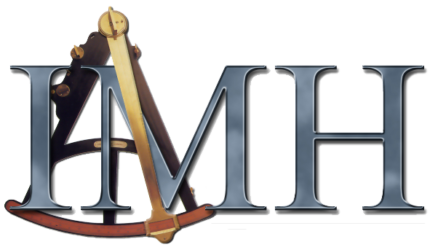After the high of getting “Patty” started last month, I spent the long Thanksgiving weekend tearing into “Selma”, stripping her down and removing the cylinder head. Let’s just say it wasn’t quite as clean inside as the port engine. I knew I was in for something more “interesting” since I’ve never been able to turn the crankshaft with a wrench like I could on the other one. So I was rewarded with some “pumpkin pie” rust in cylinder #2.
The head had issues as well– cylinder #2’s valves were sticking open. The head and valves cleaned up ok with a liberal application of Marvel’s Mystery Oil, PB-Blaster penetrating oil, Sea-Foam cleaner and elbow-grease. The rusty cylinder walls cleaned up ok too, with oil and a touch of a cylinder honer to brighten them up.
But the crankshaft will only move a smidge.
I’ve used a pipe-wrench on the crankshaft, a crowbar on the ring-gear teeth and a dead-blow hammer and a 2×4 against the piston tops. The shaft will only turn about one ring-gear tooth either way.
I’ve kept the cylinders doused with penetrating oil for almost a month now– I even tried heating up motor oil to about 300 degrees and pouring it in cylinder 2 to try to use some temperature variation to “crack” through the rust and let in more penetrating oil to free up the rings. No progress.
Cylinder #2 (which I am assuming is the problem) is at the bottom of its travel, so there’s no room to pound it down– the force would be applied directly to the connecting rod instead of turning the crankshaft. Whacking away at the neighboring cylinder 3 (which should be turning the shaft) hasn’t done any good.
When I haul away on the shaft with a pipe-wrench and move the shaft that one tooth of distance, I can see the pistons moving slightly, except for #2 and #5 which are both at the bottom of their stroke and wouldn’t be moving much anyway. <sigh>
Well, I’ll just keep the cylinders wet with penetrating oil and wiggling that sucker until I lose patience or something breaks loose. I’ve read stories elsewhere online of people waiting for months before having any success, so I guess I’ll just try to stay patient.
Maybe I’ll work on rebuilding some of the cabin down below in the meantime.
Happy Holidays!
Kirk
